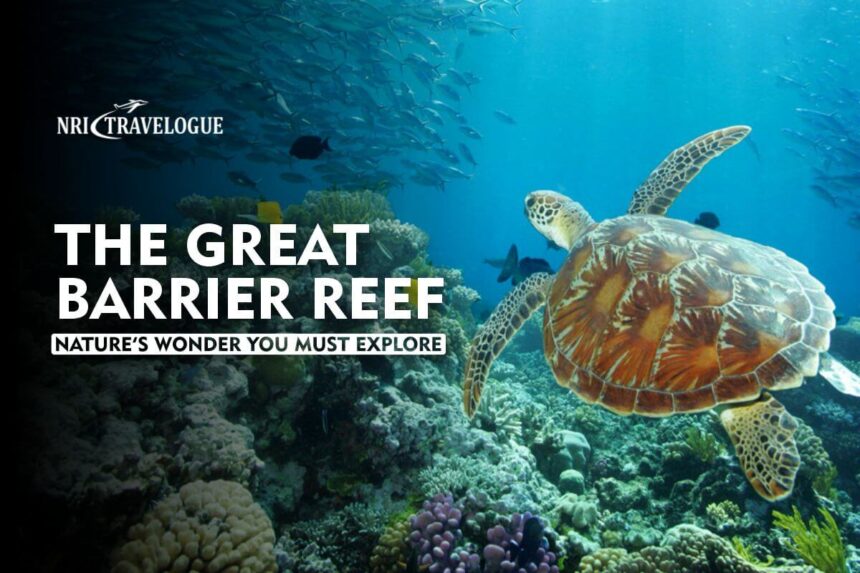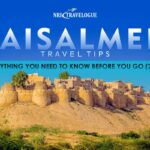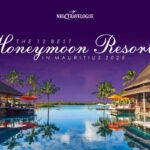There are places on the planet that make you stop breathing and realize just how beautiful and fragile earth really is. The Great Barrier Reef is one of those places. Stretching for more than 2300 kilometers along the northeast coast of Australia it is the largest coral reef system in the world so big it can actually be seen from space. But here is the true great barrier reef, it’s not just a collection of coral and fish, it’s actually a living breathing world there. It’s home to thousands of species, a playground for divers and snorkelers and a reminder of how connected you are to nature. If you are visiting for the very first time you can expect beauty but what people don’t expect is The feeling. Floating above coral gardens watching schools of colorful fish dart past and realizing that this ecosystem has excited for millions of years it is actually humbling. It makes you feel small but in the best way.
What Makes Coral Reefs in Australia So Special?
Before you jump into how to explore you need to pause and understand why the Great Barrier Reef is the largest coral reef system on earth. It’s like a giant underwater bustling with life. Every corner that you explore feels like stepping into a different neighborhood each with its own characters and stories. But beyond the size and biodiversity what makes the reef so special is its role in the planet’s health. Coral reefs protect coastlines, provide habitats and even regulate carbon levels. The Great Barrier Reef is not just beautiful, it’s essential. The Great Barrier Reef is the largest coral reef system on Earth. It’s made up of:
- Around 3,000 individual reefs
- Over 900 islands
- More than 1,600 species of fish
- 400+ kinds of coral
- Sea turtles, manta rays, dolphins, whales, and even dugongs
First Impression
Just think about boarding a boat from Cairns on a sunny morning. The sea is completely calm and the sky is clear. After about one hour you reach a spot where the water changes color from deep blue to almost glowing turquoise. That’s when you know you are at the reef. Slipping on your mask and snorkel you dip your face into the water. Suddenly it’s like entering another world. Bright corals spread out like giant gardens. Fish in neon colors swim around as if they own the place. A turtle glides by gracefully. Above the water it looks like an ordinary sea but below its magic the first look is something that you never forget.
Best Ways to Experience The Great Barrier Reef
There is no single way to see the reef. It all depends on what kind of a traveler you are.
1. Snorkeling
It is one of the simplest and most accessible ways to experience life. You don’t need any type of training, just a mask and snorkel and you are good to go.
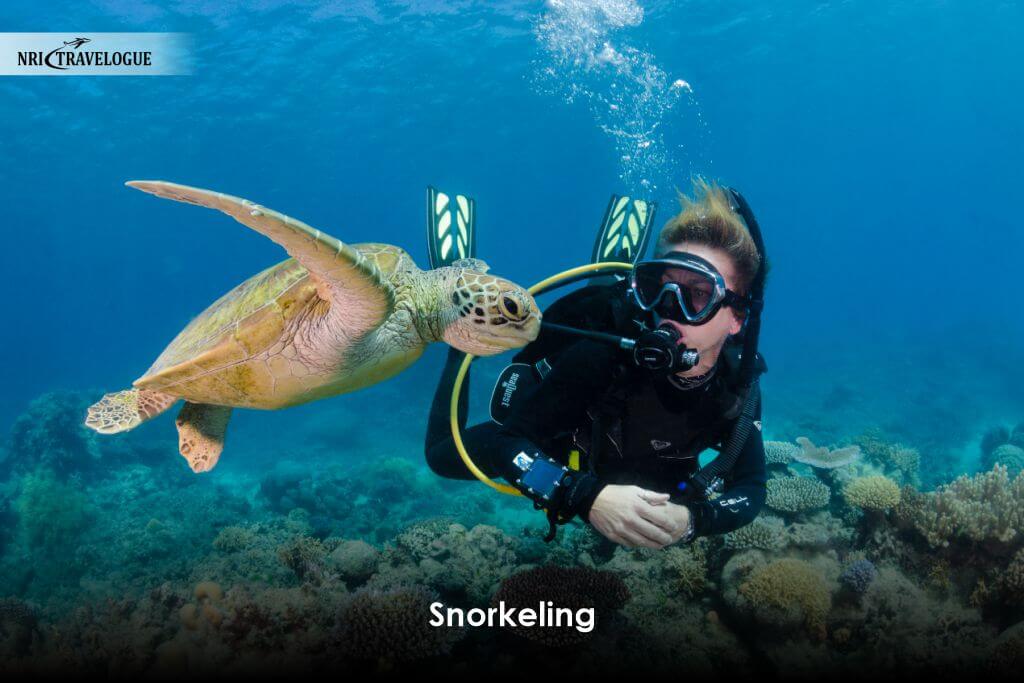
The best part is that the water is shallow in many areas so even beginners can float above coral gardens and watch the marine life up close.
2. Scuba Diving
If you are an adventurous lover, diving takes it to another level. You can go deeper, explore caves, swim alongside larger creatures and feel like a part of the ocean.
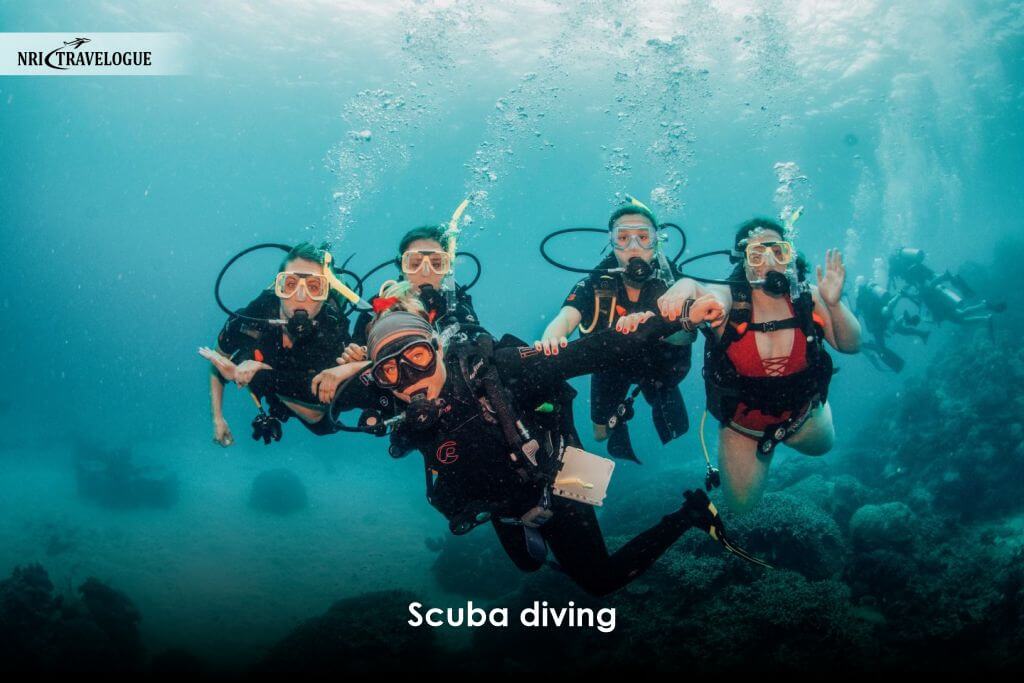
Even if you have never died before, many operators offer introductory dives with instructors.
3. Glass Bottom Boats and Semi Submarines
Not a swimmer? Not a problem. Many tools include glass bottom boat rides where you can just see the reef clearly without getting wet.
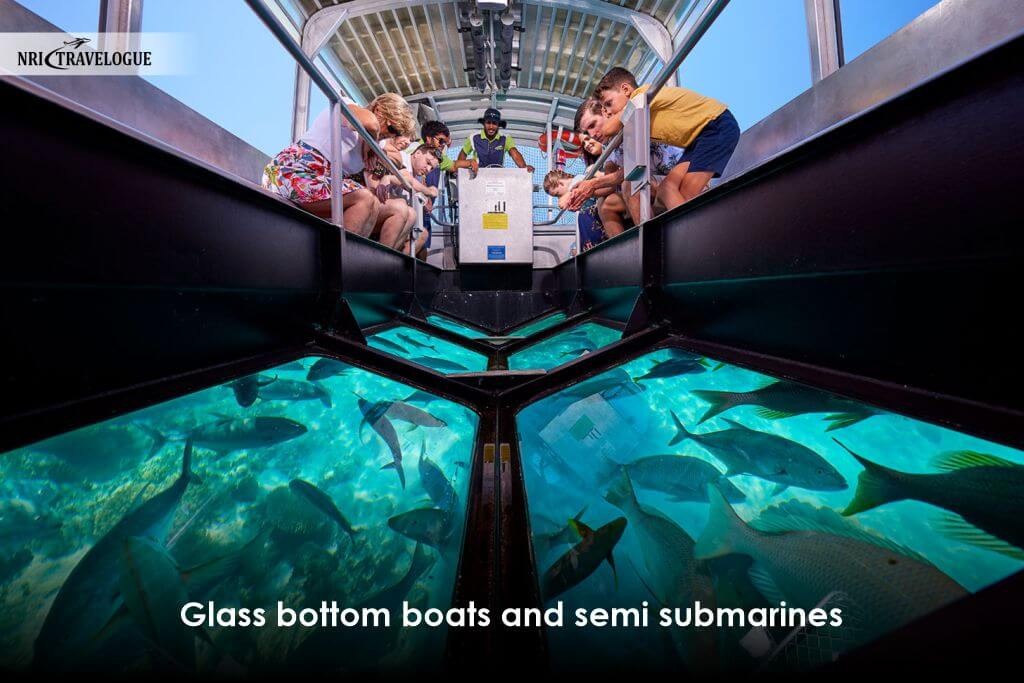
Semi submarines take it a step further letting you just sit below the deck and watch fish swim past the windows.
4. Scenic Flights and Helicopter Rides
The reef is not just about standing underwater from above its size and patterns are completely breathtaking.
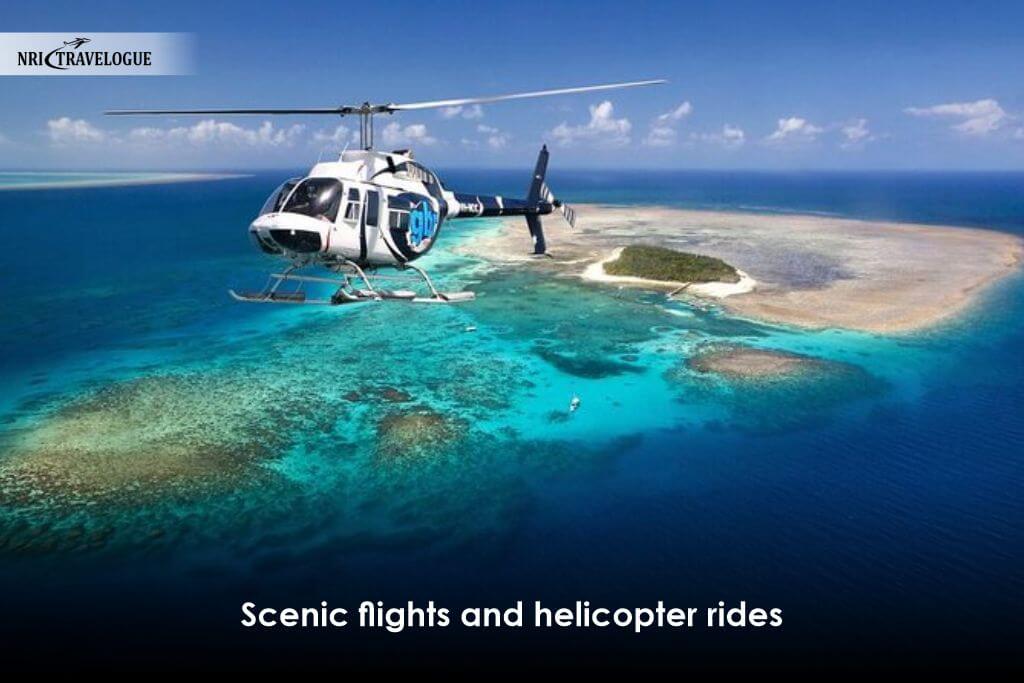
Flying over iconic spots like heart reef is one of the most traumatic and unforgettable experiences.
5. Live Aboard Trips
If you’re a serious explorer living aboard trips let you stay on a boat overnight diving or snorkeling multiple times a day in different reef locations.
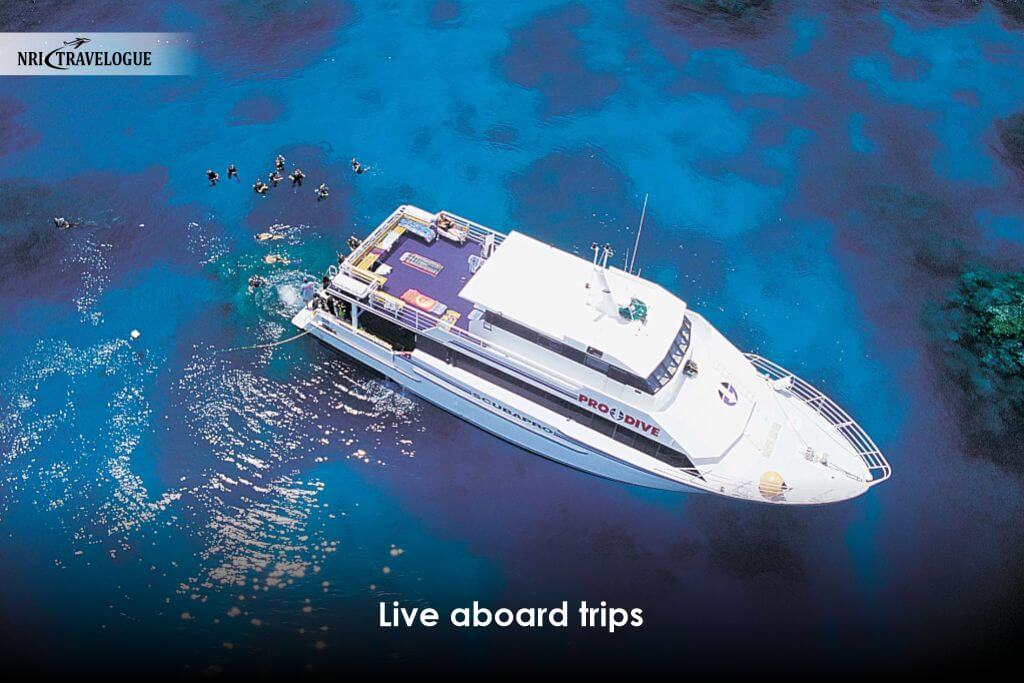
It’s immersive and also gives you more time to connect with the ocean.
Hotspots That You Should Not Miss
The Great Barrier Reef there’s not one place, it’s many. The most popular gateway to the reef is Cairns with a handful of tour operators. It’s just great for first timers. Port Douglas is a quieter alternative to Cairns with luxury resorts and access to both the reef and the Daintree rainforest. Whitsunday islands are famous for white sandy beaches like white heaven beach and stunning sailing trips. Green Island is a small island in Cairns with rainforest beaches and snorkeling spots. Lady Elliot island is known as the home of manta ray; it is perfect for spotting large marine life. Heron island is famous for turtles especially during nesting season. Each part of the reef has a different vibe. Summer is just perfect for luxury seekers, others are for backpackers and others still for serious divers.
Beyond the Reef
One thing that you might just forget is that the Great Barrier Reef is not just an ecosystem it’s also deeply connected to people. For Torres Strait Islander communities, the reef has a cultural and spiritual significance. It’s a part of dreamtime stories tradition and practices passed down for generations. A lot of tools today include indigenous guides who share their perspectives giving you a deep understanding of the importance of the reef. The human connection takes the lead even more than just a tourist destination it becomes a place of respect and learning.
The Fragile Side
It’s impossible to talk about the Great Barrier Reef without talking about the challenges. Climate change, rising sea temperatures, coral bleaching and pollution all have impacted the scientists and local communities are working hard to protect and restore it but it is a reminder that this wonder is also fragile. Every little bit really counts. Visiting the reef can be joyful but it also comes with a lot of responsibilities.
As travelers, we can help by:
- Choosing eco-friendly tour operators
- Avoiding touching or stepping on coral
- Reducing plastic waste
- Supporting conservation projects
The Food and Stay Experience
When you visit the reef you are most likely to stay in places like Port Douglas or the white Sundays. The experience is not just underwater, it’s also about what you eat, where you sleep and how you spend your evenings. You can expect a lot of fresh seafood prawns and mud crabs along with tropical fruits like mangoes and pineapples. The cafe serves everything from Aussie breakfasts to Asian fusion.
from luxury resorts on private islands to budget hostels there is something for every budget. Staying on the island truly adds a magical touch when mornings begin with the sound of waves.
The Best Time to Visit the Reef
The reef can be visited year round but seasons matter. June to October is a dry season and you can expect best visibility underwater. November to March is the wet season. You can expect warm water but occasional stingers. Most operators provide Stinger suits for safety. April to May is a shoulder season with fewer crowds and good conditions. But if you’re looking for the best weather in September is your best bet as you can get the perfect weather, clear waters and vibrant marine life too.
Travel Tips for First Timers
You must pack reef sunscreen to protect your skin and the coral. Bring a waterproof camera and you will regret missing those turtle shots. If you get seasick take motion sickness tablets before boat rides. Respect their environment, do not chase fish or pick any coral. You need to book your tour in advance during peak season to avoid disappointment.
Why Does the Great Barrier Reef Stay With You?
When you leave the reef you carry more than just photos you carry the memory of floating above living coral gardens of seeing creatures you didn’t even know existed and of realizing that your planet is extraordinary. A great reef is not just a travel experience, it is actually a reminder of how precious nature is and how lucky you are to witness it.
The Great Barrier Reef is not just a tick on your bucket list, it is one of the few places in the world that makes you stop and truly marvel at nature’s artistry. It’s completely massive, fragile and utterly unforgettable. If you ever get the chance don’t hesitate to go swim , dive , float or just fly over it.
The reef has faced many challenges like coral bleaching . Many parts are still vibrant and healthy.
At least two to three days are recommended. This allows time for a day trip to the outer reef, a visit to Ireland and perhaps a scenic flight or even a live aboard ship. If you love the ocean you could easily spend a week exploring different parts.
Yes many parts of the reef are shallow and calm making them perfect for first time snorkelers.


